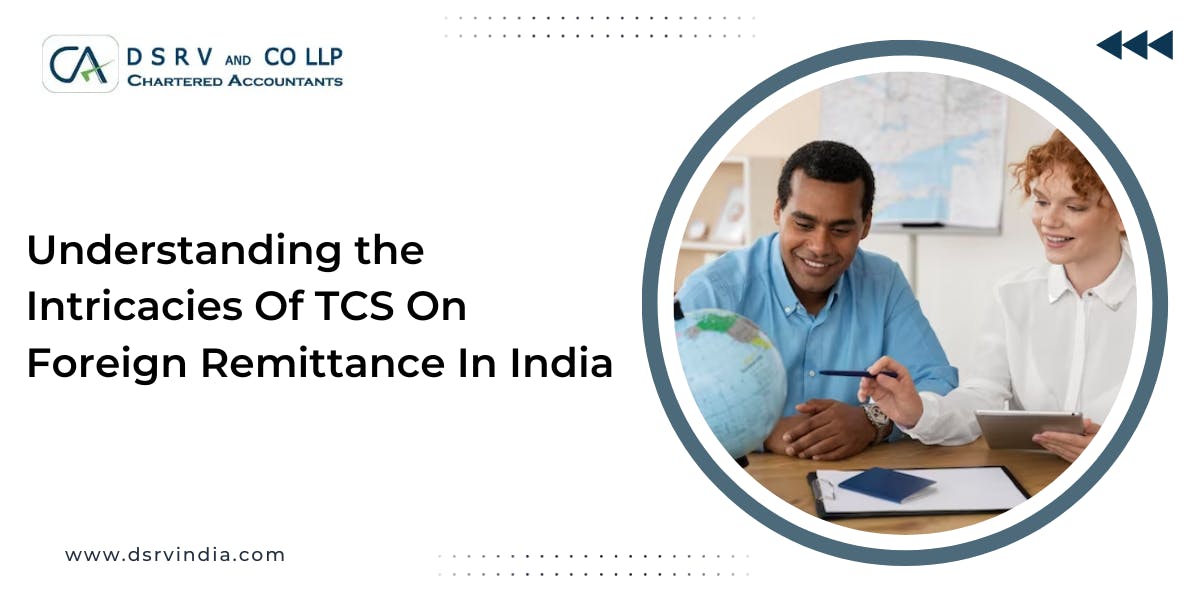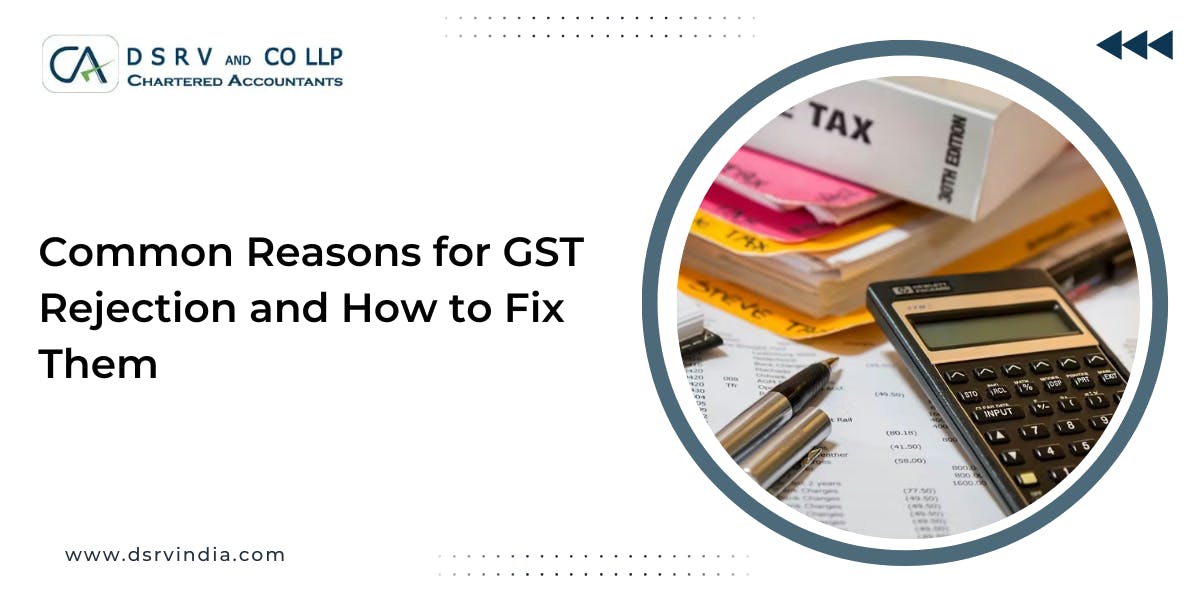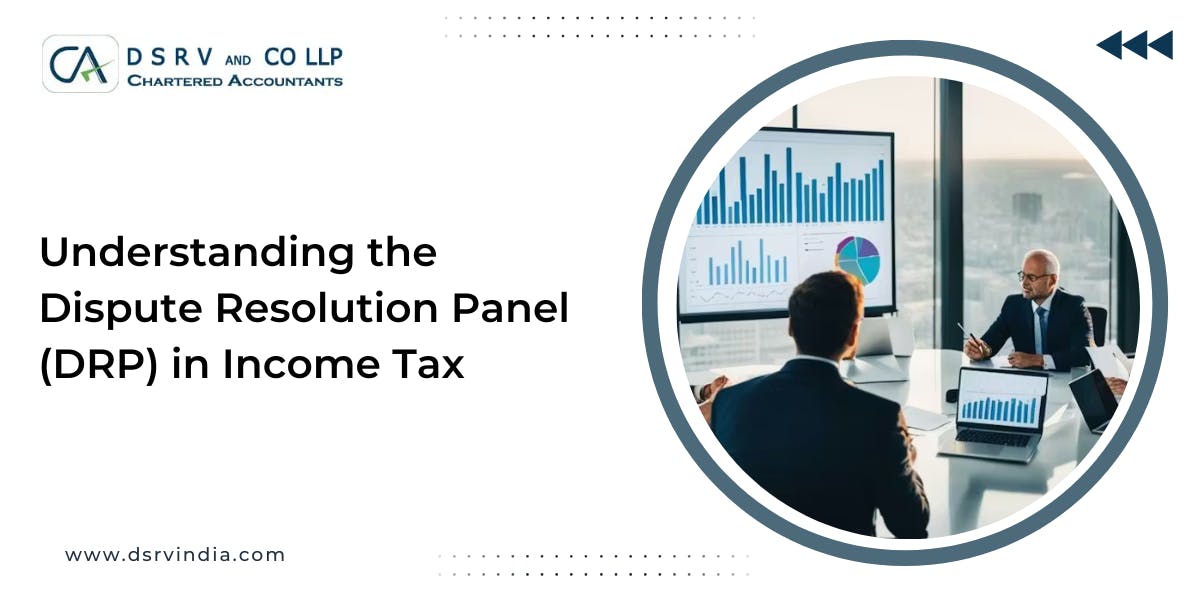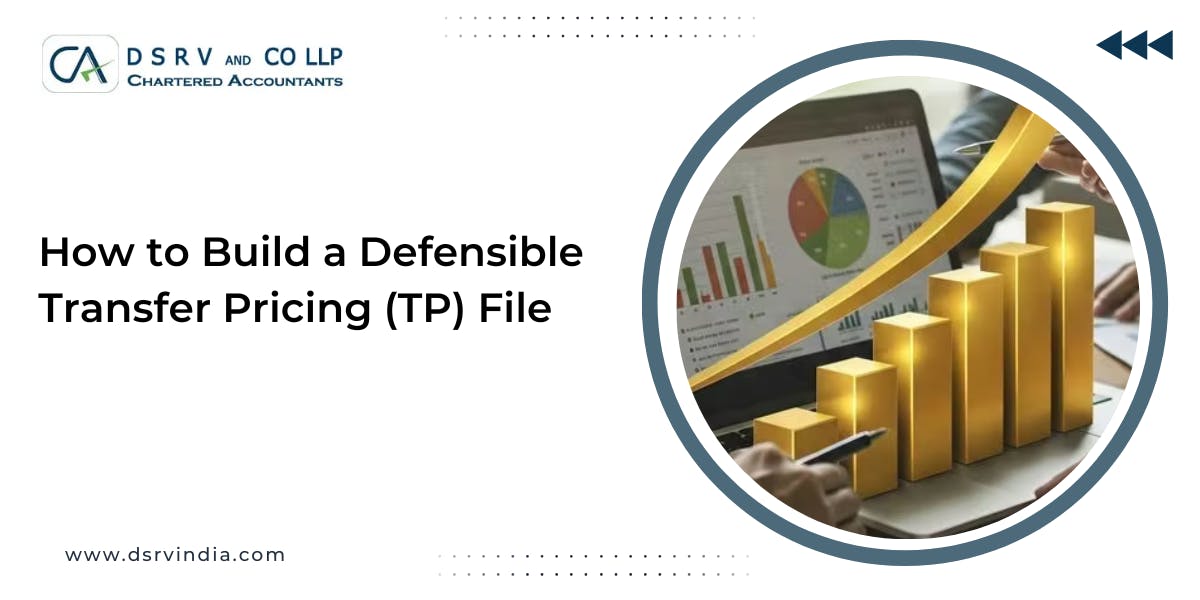Are you sending money abroad? Wait! Have you checked the latest remittance tax laws?
Foreign remittances are a crucial aspect of our interconnected world, whether they are used to study in the United States, invest in global markets, or help loved ones living in other countries.
But as tax rules evolve, staying informed about the latest laws must be your first priority.
Before 2023, the Liberalised Remittance Scheme (LRS) allowed Indian residents to send up to Rupees 7 Lakhs annually with a simple 5% Tax Collected at Source (TCS).
However, on October 1st, 2023, the scenario changed dramatically with the Amrit Kaal Budget. The TCS rate has risen to 20%, potentially affecting a wide range of remittance activities.
So, what does this mean for you?
Is your travel budget affected?
Do your foreign investments qualify under the new rate?
Does sending gifts to family abroad require additional steps?
Fear not! This blog on Tax on foreign remittance in India aims to be your comprehensive guide to the updated foreign remittance tax regulations in India.
From sharing insight on the revised rate and its triggers to claiming TCS benefits and seeking expert advice on taxation services, we can help you in every aspect.
The New TCS Rate Announced In 2023 Budget Session
Before October 2023, sending money abroad for investments or travel under the LRS scheme was simple. If you sent more than Rs. 7 lakh in a financial year, a small tax of 5% was collected.
But things changed in the financial year 2023 when our Finance Minister Nirmala Sitharaman said that sending more than Rs. 7 lakh for investments such as foreign stocks or buying overseas tour packages will result in a 20% tax.
This has produced uncertainty among non-resident Indians and foreign citizens who are still unaware of the new Indian tax laws. This is where our non resident tax planning services and tax litigation services can help. We have professionals who can advise you on how to structure your finances to reduce taxes under the new laws.
Know About : WHAT IS TAX LITIGATION IN INDIA BY DSRV INDIA: A COMPLETE GUIDE
What Falls Under The Category Of Tax On Foreign Remittance In India?
Any Indian resident who sends money abroad is subject to the TCS, regardless of income tax bracket.
According to the new rule, if you pack more than Rs. 7 lakh for investments, travel packages, or expensive gifts abroad, they will apply a special 20% tax tag. But don't worry, medical bills and school fees are tax-free!
The new tax rule applies to several remittance categories, including:
🔯 Foreign stock, mutual funds, bonds, real estate, and other investments.
🔯 Annual gifts of more than Rs. 50,000 to non-resident individuals.
🔯 Payments made outside of India using debit or forex cards (excluding credit cards)
🔯 Overseas trip packages (excluding medical or educational purposes). However, things will change if you exceed Rs. 7 lakhs. Let's say you borrow money to send your child to study abroad. If the amount you transfer exceeds the threshold, a 0.5% tax will be imposed based on the borrowed amount.
Learn The Process : HOW TO FILE ITAT APPEAL ONLINE IN INDIA [2023]
Important Exemptions Under The Liberalised Remittance Scheme
⏺ TCS exempts all educational expenses up to Rs. 7 lakh per year.
⏺ 5% TCS applies for amounts exceeding Rs. 7 lakh if sourced from non-loan income.
⏺ 0.5% TCS applies for amounts exceeding Rs. 7 lakh sourced from a loan.
⏺ 20% TCS applies if there is no proof of educational purpose.
⏺ If a PAN card is not provided, a higher TCS rate of 5% or 10% is applicable depending on the source of income)
⏺ As per RBI, TCS will fully exclude medical costs up to Rs. 7 lakh annually. However, 0.5% TCS applies for amounts exceeding Rs. 7 lakh.
Check Here The List Of Documents Needed For ITR Filing : WHAT DOCUMENTS ARE REQUIRED FOR FILING INCOME TAX RETURN?
How To Save Your Money While Sending From The USA To India?
It’s just impossible to avoid taxes when sending money from the United States to India. According to American law, you can contribute up to $14,000 before gift taxes are applied. This means that if you send more than $14,000, you may have to pay taxes on the excess amount.
Reach out to our financial expert who can offer non resident tax planning services for the most tax-efficient choices.
How To Report Tax Collected At Source In Your ITR?
1️⃣ Transfer money from your bank to the Groww USD account.
2️⃣ Once the bank has collected TCS on the investment value, proceed to invest in US stocks.
3️⃣ The bank will deposit the collected TCS with the Income Tax Department of India, and it will be reflected quarterly in Form 26AS.
4️⃣ To view Form 26AS, log into the Income Tax portal using your credentials.
5️⃣ When filing income tax returns for the assessment year, the collected TCS is automatically reflected as TCS paid to the Income Tax Department. This TCS can be adjusted with any Income Tax payable.
Final Thoughts
We hope this guide has cleared your confusion and given you the confidence to make informed decisions on tax on foreign remittance in India.
However, calculating taxes can be quite difficult. That's where we can help you! We are your friendly financial advisors, here to simplify the process by offering non resident tax planning services.
Don't allow "taxation fear" to hold you back! Reach out to us, we’re ready to answer your questions and help you plan your international money moves with confidence.






